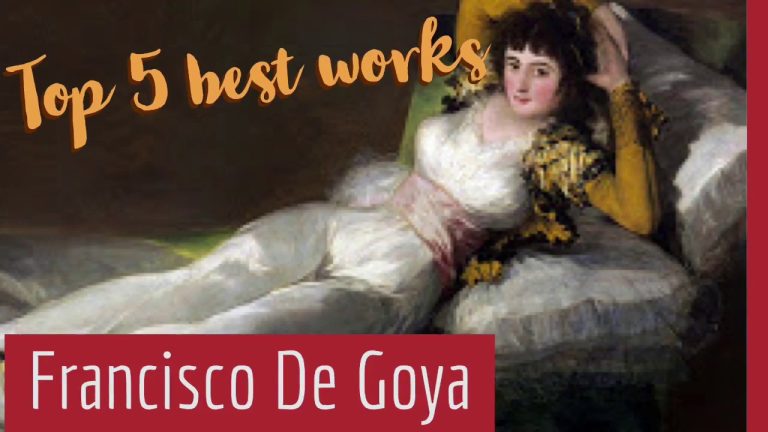Contenidos
Don latino luces de bohemia
luces de bohemia english pdf
DON LATINO DE HISPALIS, turning his back, begins to knock at the door. The echo of the knocks tolondrea by the livid area of the side, and as in response to a provocation, the clock of the church gives five chimes under the cock of the weather vane.
MAX: Latino, I think I’ve regained my sight, but how did we come to this funeral? That apotheosis is from Paris! We’re at Victor Hugo’s funeral! Hey, Latino, how come we’re presiding?
THE PORTER climbs the stairs, clattering. She can be heard to be grumbling. LA CUCA, seeing herself alone, with a meditative air, touches the bohemian’s hands and then bends down to look at him, her eyes half-open under her livid forehead.
esperpento
Luces de Bohemia es una obra de teatro escrita por Ramón del Valle-Inclán y publicada en 1924[1] El personaje central es Max Estrella, un poeta que lucha por conseguir la ceguera a causa de la sífilis. La obra es una tragedia degenerada (esperpento) centrada en los problemas del mundo literario y artístico en España bajo la Restauración[2] A través de la pobreza, la mala fortuna y la muerte final de Max, Valle-Inclán retrata cómo la sociedad descuida a los creativos.
Luces de bohemia es el primer esperpento de Ramón del Valle-Inclán[3]. La obra cuenta la trágica historia del poeta ciego Max Estrella mientras deambula por las calles del Madrid bohemio de principios del siglo XX en la última noche de su vida[4]. Los esperpentos presentan el mundo como una tragicomedia y a los actores como marionetas indefensas ante su destino[5]. Se pide al público que considere qué es auténtico y qué es espectáculo. Luces de Bohemia es a partes iguales realismo y expresionismo.
Basada en las experiencias del dramaturgo en el Viejo Madrid, Luces de Bohemia se describe como un esperpento dentro de un esperpento y está escrita en formato episódico. En la introducción a la edición de la Biblioteca Bilingüe de Edimburgo de Luces de Bohemia, Anthony N. Zahareas describe la acción como «…una odisea moderna y nocturna sobre la frustración, la muerte y el entierro de un poeta ciego, Max Estrella, que sigue el sentido clásico de la tragedia de la condición humana. Las luchas de Max ponen de manifiesto el desprecio generalizado por los artistas y la tipología social en España durante esa época.
main themes of bohemian lights
Considered Luces de bohemia one of his most important works,[3] with it Valle-Inclán inaugurates a new theatrical genre, the «esperpento», and it would be the first of the four texts that the author himself would consider of that genre.[4] In the twelfth scene of the play, the protagonist himself considers it as a way of looking at the world.
The time of the play elapses in just 23 hours and a half. The first twelve scenes cover the noon, from the departure in the afternoon-evening, until Max’s death at dawn, and scenes 13, 14, 15 take place at his wake and burial, which last another 12 hours. Valle-Inclán commits several contradictions, sometimes he speaks of the falling of the leaves, or of spring, although perhaps this was written deliberately to emphasize the esperpento.
The action takes place in the decadent Madrid – «absurd, brilliant and hungry»- of the 1920s, an esperpentized reading of Galdosian Madrid.[13] He also falls into contradictions by making characters coincide in time who never came to coexist, since some had died when others had not been born. The journey is made sequentially through the following steps:
bohemian lights summary by scenes
(TWILIGHT HOUR. A small window with a narrow window, full of sunlight. Portraits, engravings, autographs scattered on the walls, fastened with draftsman’s bedbugs. A languid conversation between a blind man and a woman with red hair, sad and tired. The blind man is a hyperbolic Andalusian, a poet of odes and madrigals, Máximo Estrella. The blond-haired woman, because she is French, is called Madama Collet in the neighborhood).
(Máximo Estrella sits up with an animated gesture, his beautiful beard scattered over his chest with tufts of gray hair. His curly and blind head, of a great classical-archaic character, reminds one of Hermes).
(He leans back in the armchair. The woman closes the window, and the blind man is left [21] in a gloom streaked with the setting sun. The blind man dozes off, and the woman, a sad shadow, sits on a chair, folding the card of the Ox Apis. A cautious hand pushes the door, which opens with a long creak. An asthmatic old man enters, wearing a kimono, glasses, a small dog and a satchel with illustrated magazines. It is Don Latino de Hispalis. Behind him, disheveled, in flip-flops, her skirt pingona, appears a young girl: Claudinita).







